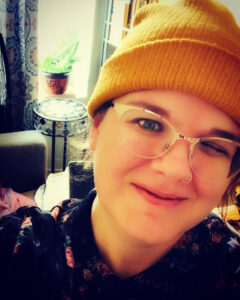Instead of conventional novels or historical essays, I believe that Aydin, Spiegleman, and Satrapi wanted to educate readers about these significant historical events using multimodal texts because it demonstrates the connection between reading and writing in creating texts that illustrate to us how they are connected to images. I predict that reading or viewing the whole novel or film will not change the way we understand, experience, and respond to the subject of each author by looking at these samples because many people have a different understanding and feeling about this, and how not everybody is the same. Multimodal texts first convey the thoughts of the author more specifically and physically, and can draw more interest from the reader. Second, there are no words or only a few words in multimodal documents, which helps readers to grasp the importance of the work more effectively and rapidly. Fourth, there is wider reader coverage in multimodal texts, since it can be interpreted by children and individuals with low levels of schooling. Finally, multimodal text has a multitude of information communication networks and travels quicker and broader than conventional prose. In all of my prior English and writing lessons, I have never worked on a multimodal piece. This is probably going to be my first time doing one for this class, which I’m pretty worried about because if I have any problems, I don’t know what to expect. In the other hand, what I’m curious about is that because we’re dealing with photos, which is someone I haven’t done too much at all, it sounds very fascinating and enjoyable to work in.
About
Professor: Jessica Penner
Email: eng1121.citytech1@gmail.com
Office Hours: 1 to 2 PM on Tuesdays, Wednesdays, and Fridays. I’ll be available through Zoom and will send an invitation through email each week. Try to join my meeting at the start of the hour, not at the end—since I may be talking to other students or have another appointment after the hour is up. If the above times don’t work for you, we can schedule a different time. This means you’ll have to schedule an appointment in advance via email.
Acknowledgments
This course is based on the following course(s):
Sharing
Logged-in faculty members can clone this course. Learn More!
Search This Course
Find Library Materials
Library Information
Ursula C. Schwerin Library
New York City College of Technology, C.U.N.Y
300 Jay Street, Library Building - 4th Floor





Leave a Reply